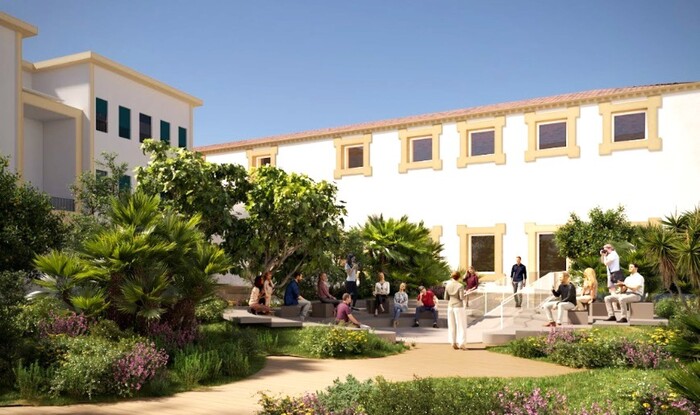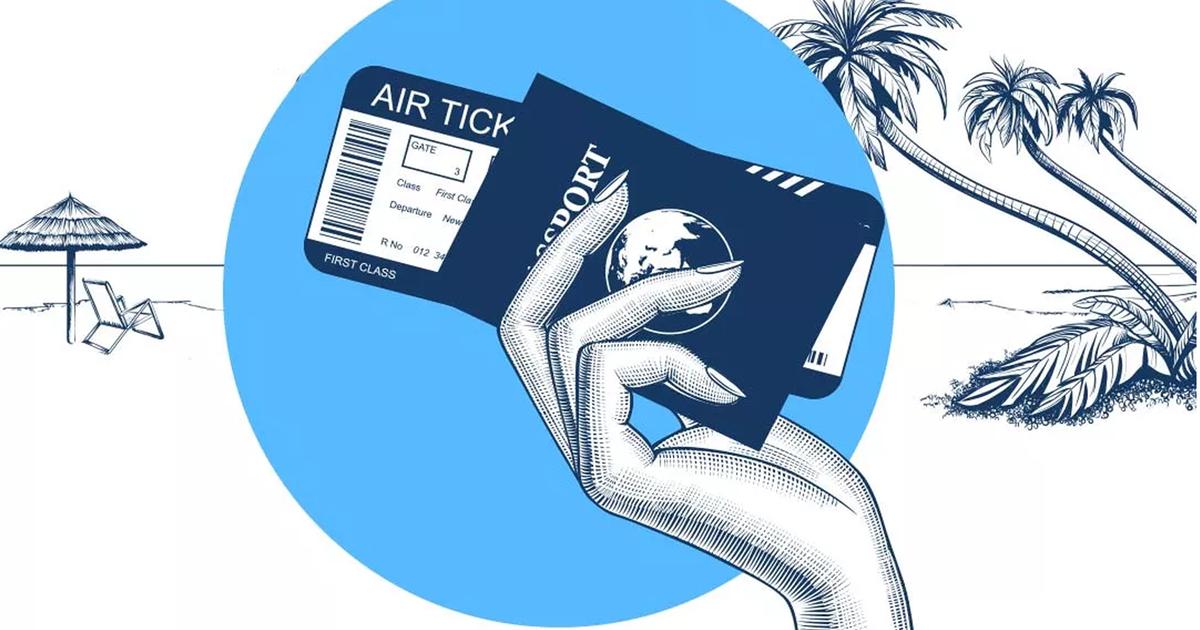We know how a city is cooked: the saturation of materials that absorb solar radiation —steel, asphalt and concrete— maintains persistent temperature peaks that trigger the use of air conditioning, multiplying the heat.
A more important question is: how does it cool?
Three Bloomberg journalists combined public images from the European Space Agency with open data from NASA and the US Geological Survey to make a heat map of the cities hardest hit by the heat wave.
From London to Los Angeles, passing through Melbourne, Seville and Mumbai, they found the most ardent spaces of each one.
Then they looked for the coldest ones to find out where they are and why.
What we already know: the most efficient technology we have against heat is the tree.
A local park drops the temperature between two and six degrees;
a row of trees can cool the street surface by up to 12°.
The large concentrations of water, rivers, canals and lakes have the same effect: the neighborhoods that touch the Guadalquivir and the Alfonso XIII Canal are the coolest in Seville.
Then there are the materials.
Los Angeles, one of the world's hottest cities, is covering rooftops and roads with reflective material to cool buildings and reduce air conditioning use.
In addition to heat, it triggers energy demand, raising the electricity bill, pollution and emissions.
More information
Heat waves: what is coming is worse
The third tool is the neighbors.
If Madrid is destined for the Moroccan climate, it should be remembered that the Arabs have lived with extreme heat for hundreds of years.
In the Medina of Fez, the most "European" neighborhoods with paved streets and modern buildings spit fire, while the streets surrounding Plaza Seffarine remain eight degrees below average, although they have the highest population density.
There are three factors: low-rise buildings made of brick, narrow winding streets, offering permanent shade, and cobbled or cobbled streets, without asphalt.
"It helps make the soil more permeable and the environment more humid, an advantage in the hot, dry air of the desert."
Melbourne is installing permeable asphalt, capable of absorbing water to feed tree roots and optimize their growth for more shade.
London plans to reforest half of its area by 2050. Seville continues with its thermal storage project in qanats.
Knowing all this, we have to talk about Madrid.
50% off
Subscribe to continue reading
read without limits
Keep reading
I'm already a subscriber

/cloudfront-eu-central-1.images.arcpublishing.com/prisa/MYIGURT6GNAGVF2FEYZ3TKL2S4.jpg)





/cloudfront-eu-central-1.images.arcpublishing.com/prisa/TD4CG4QZY5HIDHUZSVWLMOSM4M.jpg)







